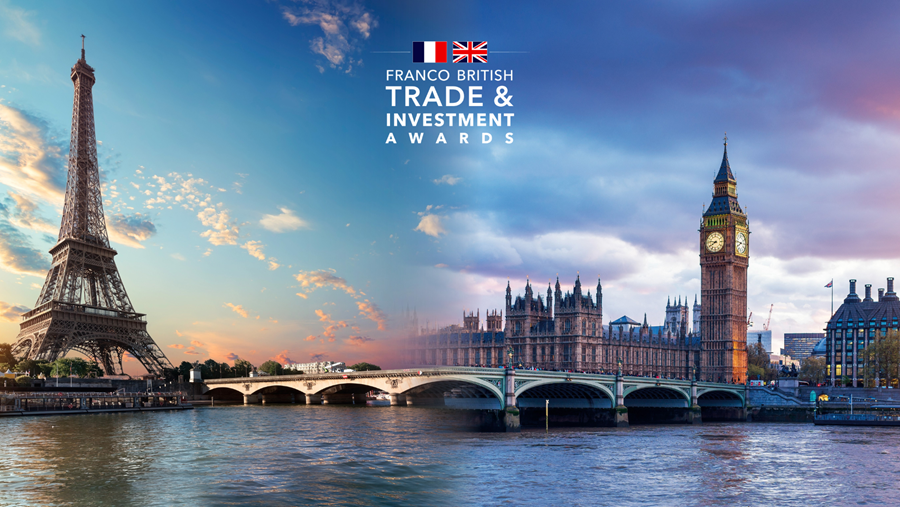In its “central” scenario presented on Tuesday, the Banque de France expects the French economy to grow by 2.3% in 2022. If European oil and gas imports from Russia stop in the third quarter, GDP growth would be limited to 1.5% this year, before a recession next year.
Russia’s invasion of Ukraine will have a greater-than-expected economic impact in France. Whatever the outcome of the conflict and the standoff with Moscow, there will be less growth and more inflation in the coming months.
This is one of the conclusions that emerges from the new macroeconomic projections for the period 2022-2024 presented this Tuesday by the Banque de France, which worked on two scenarios. “Uncertainty is high but less than in March 2020”, at the beginning of the Covid-19 crisis, the institution estimates.
An impact of 2 GDP points
In its so-called “central” scenario, the most likely, GDP should grow by an annual average of 2.3% in 2022. This figure, clearly lower than the 3.4% anticipated in mid-March, is close to the so-called “degraded” scenario presented at the time (+2.8%) and reflects above all the dynamism of activity in 2021. The executive’s 2022 budget was built last autumn on an assumption of +4% which should be revised in the coming weeks.
In the central bank’s reassessment, the revision of the quarterly accounts carried out by INSEE is not the only factor involved, even if it accounts for 0.4 points. The institution also foresees a “pronounced slowdown” in activity, affected in particular by the surge in energy and raw material prices. Its projections assume a barrel price of 105.8 dollars on average over the year, compared to 93 dollars anticipated in March. They also include the slowdown in demand from France’s partner countries. Ultimately, the cost of the war in Ukraine would be around 2 points of GDP over the period 2022-2024, according to its calculations.
Purchasing power down by 1 point
At the same time, inflation will be “higher, broader and longer” than previously expected. It will reach 5.6% in France this year, according to the Eurostat harmonised index, remaining lower than in the euro zone thanks to the tariff shield on gas and electricity prices (assuming that it is maintained until the end of 2022). Without the measure, it would be 1.2 percentage points higher.
Purchasing power per capita would nevertheless fall this year, by 1%, after having risen by 2% in 2021, according to the Banque de France, which incorporated the latest announcements from the executive until the end of May.
Household consumption will suffer, even though households should draw on their surplus savings to cope with the rising cost of living. Despite a good resistance of employment, allowing the unemployment rate to continue its fall to 7.4% this year, the landing would be brutal: GDP growth would only be 1.2% in 2023. It would rise to 1.7% the following year. With unchanged economic policy, the public debt ratio would reach 112% of GDP this year before stabilising at around 109%.
The Banque de France projections do not take into account the economic uncertainties created by the recomposition of the National Assembly after the legislative elections.
Inflation at 7% in 2023
While Moscow is increasing the pressure on Western countries by gradually cutting off their gas supplies, the banking institution has also presented an “unfavourable” scenario, based on two hypotheses: a total halt to European imports of Russian oil and gas from the third quarter of 2022 and “exceptional” tensions on hydrocarbon prices. The French economy would then grow by only 1.5% in 2022 and enter recession in 2023 with an estimated 1.3% fall in GDP.
Inflation, on the other hand, would rise to 7% next year due to the shock of oil and gas prices, before falling back to 0.7%, cooled by a sharp drop in energy prices and the disinflationary effects of the decline in activity.
The “central” scenario, on the other hand, foresees a gradual slowdown in price increases. It would return to 3.4% in 2023 and then to 1.9% the following year, which is the target set by the European Central Bank (ECB) for this horizon. In 2024, it is mainly services that will fuel the rise in prices.
Source: Les Echos







